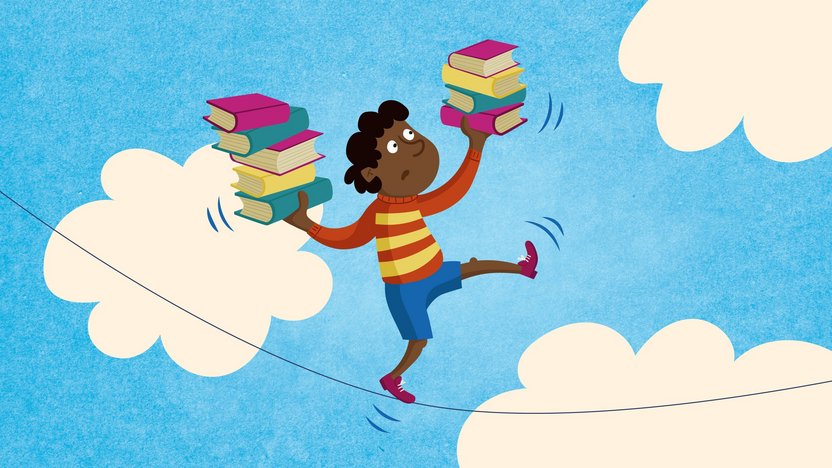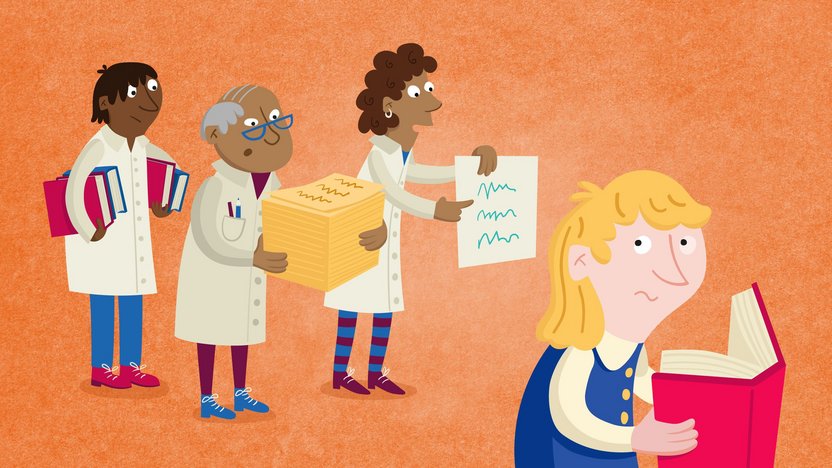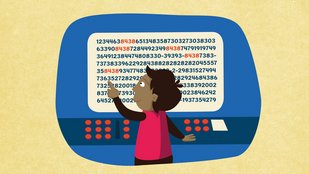Why is Whole Language and Balanced Literacy Not Right for Dyslexia?
Whole language, guided reading and balanced literacy approaches are NOT appropriate teaching methods for dyslexia.

At Nessy, we know that it takes more than just exposing children to books, to teach them to read. Children need to be explicitly taught the code of the English language.
The whole language approach encourages young children to look at pictures, skip over words, and guess at words based on context. Scientific research shows this is not an effective way to teach children to read. It is not explicit instruction. Nessy programs are based upon the Science of Reading, not balanced literacy or whole language.
“Memorising or guessing the meaning of whole words is not reading.”
– Rudolf Flesch

Guessing strategies are not an effective way to learn to read.
Balanced literacy is a whole language approach with a piecemeal phonics component added. There is not enough consistency or intensity in the phonics component for children to develop reading mastery. It is not effective because it is not based the way children learn.
Research by Nancy Young here.
“(Balanced literacy) succeeded in keeping the science at bay and allowed things to continue as before.”
- Mark Seidenberg, Language at the Speed of Sight

Do children all learn to read differently?
No. All children will learn to read by mastering phonological awareness, phonics, fluency, vocabulary and comprehension (sometimes called the 5 pillars). They do so at different speeds and need different levels of instruction to master the skills, but all children learn to read the same way
